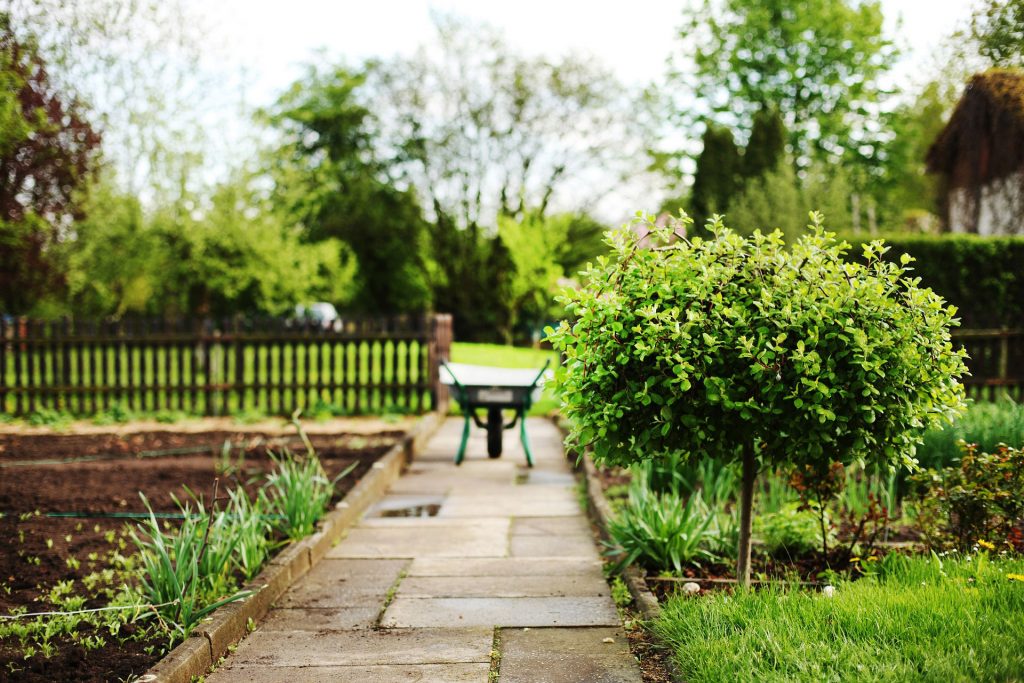Plants to Use in a Landscape That Can Combat Air Pollution
Air pollution is a growing concern in many cities around the world
Air pollution is a growing concern in many cities around the world. To reduce this problem, we need to take drastic measures and change our lifestyles. The first step would be to implement policies that will help us cut down on emissions from cars, factories, and power plants.
In addition, citizens in these areas with high levels of air pollution need to use masks when going outside or even when they are inside their homes because it can cause serious respiratory problems such as asthma attacks. Furthermore, people who have already been diagnosed with respiratory illnesses should consult their doctor about limiting time spent outdoors during the periods of highest air pollution levels according to each person’s circumstances.
One way to combat air pollution is by planting certain types of plants that can naturally filter out pollutants

For outdoor spaces, try using bamboo palm, English ivy, and Peace lily.
The bamboo palm, English ivy, and Peace lily are three of the most popular houseplants for outdoor spaces. These plants offer different benefits to make your space more comfortable. The bamboo palm is one of the tallest indoor trees in existence with a great amount of coverage that can be used in open areas or corners. The English ivy provides an air-purifying effect which is better for people who suffer from allergies or asthma. Lastly, peace lilies produce white flowers which last for months on end while also providing shade in hot climates – ideal for patios and porches. By adding these three plants to your outside space you will increase its comfort levels drastically!
When adding plants to an outdoor space, it is important to take the climate into account. If you live in a hot climate, you will want to choose plants that are drought tolerant and can withstand high temperatures. If you live in a cold climate, choose plants that can tolerate low temperatures. You should also consider the amount of sunlight your outdoor space receives. This will help you determine which plants will thrive in that environment. Adding plants to your outdoor space can make it more comfortable and inviting. By choosing the right plants, you can improve air quality, provide shade, and increase privacy. With so many different types of plants to choose from, there is sure to be one that is perfect for your outdoor space!
The key with any type of plant is to find one that suits your space best - research before you buy!
The key with any type of plant is to find one that suits your space best, which means researching before you buy. It can be a daunting task for the uninformed because there are so many plants out there to choose from and they all have different requirements. But if you take time to learn about what kind of conditions each plant needs to thrive, then it will be easier for you to make an informed decision on which ones suit your space best.
Plants are categorized into three main groups – trees, shrubs, and perennials- depending on their growth habits. Trees generally grow upwards until they reach their maximum height, at which point the tree will stop growing taller but continue branching out horizontally or even start sprouting new vertical shoots. Shrubs, on the other hand, tend to grow more rounded and rarely reach heights much taller than six or seven feet. Perennials are plants that live for more than two years, and they come in a variety of shapes and sizes. Some perennial plants die back completely in the winter and then regrow from their roots in the spring, while others remain green all year round.











